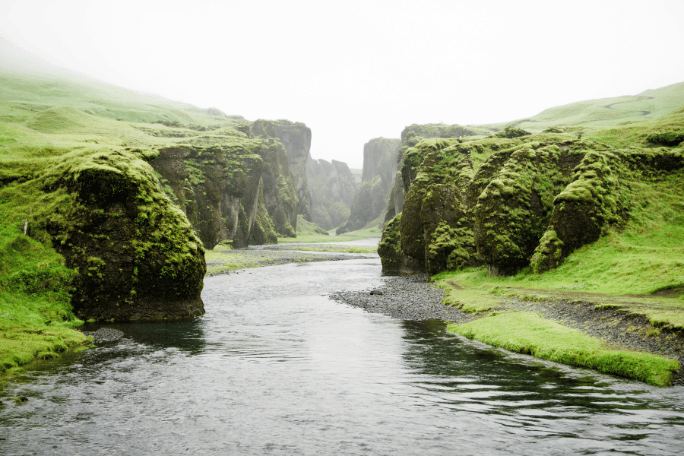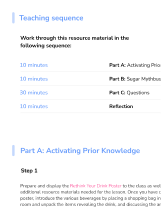Lesson Summary
In this activity children investigate healthy rivers. Younger children experiment with how various objects float or sink. Older children are asked to imagine that a large tub of water is a river and watch as various materials (contaminants) are added to the river and affect the health of the river. Children are asked to make assessments about what is a healthy river and how we can keep our rivers healthy.
Lesson guides and printables
Lesson details
Curriculum Mapping
EYLF Learning Outcomes:
Learning Outcome 2: Children are connected with and contribute to their world
2.3 Children become aware of fairness
Learning Outcome 4: Children are confident and involved learners
4.1 Children develop dispositions for learning such as curiosity, cooperation, confidence, creativity, commitment, enthusiasm, persistence, imagination and reflexivity
4.2 Children develop a range of skills and processes such as problem solving, inquiry, experimentation, hypothesising, researching and investigating
4.3 Children transfer and adapt what they have learned from one context to another
4.4 Children resource their own learning through connecting with people, place, technologies and natural and processed materials
Resources Required
Ages – 0 to 2
- Tub or bucket of water.
- Range of materials that either float or sink (such as peoples, shells, sand, feathers, paper, leaves, short sticks, corks etc.
Ages – 2 to 5
- 5 cups containing 5 different contaminants. You can use the actual contaminants or substitute the contaminants with less real (and less dangerous or disgusting) contaminants. Examples of contaminants could include – oil, paint, detergent, dog poo, chemicals, old medicine, garden fertiliser.
- Empty fish tank, clear plastic tub or large clear soft drink bottle.
- Large stirring spoon that won’t be used for food preparation.
- Small plastic toy marine animals that can be cleaned (optional).
Supporting resources:
- Tell the story of a drop of water.
Other resources:
- Cool Australia Water Digital Library
- Cool Australia Water factsheet
- Cool Australia Water video (see below)
Additional Info
Cool Australia Presents Water from Cool Australia on Vimeo.
This is an original Cool.org lesson. Facts and figures in these lessons may have changed since this lesson was published. We always endeavour to update our resources in a timely manner, but if you see an error or issue in our resources please get in touch with us.


Welcome back!
Don't have an account yet?
Log in with:
Create your free Cool.org account.
Many of our resources are free, with an option to upgrade to Cool+ for premium content.
Already have an account?
Sign up with:
By signing up you accept Cool.org's Terms and Conditions(Opens in new tab) and Privacy Policy(Opens in new tab).